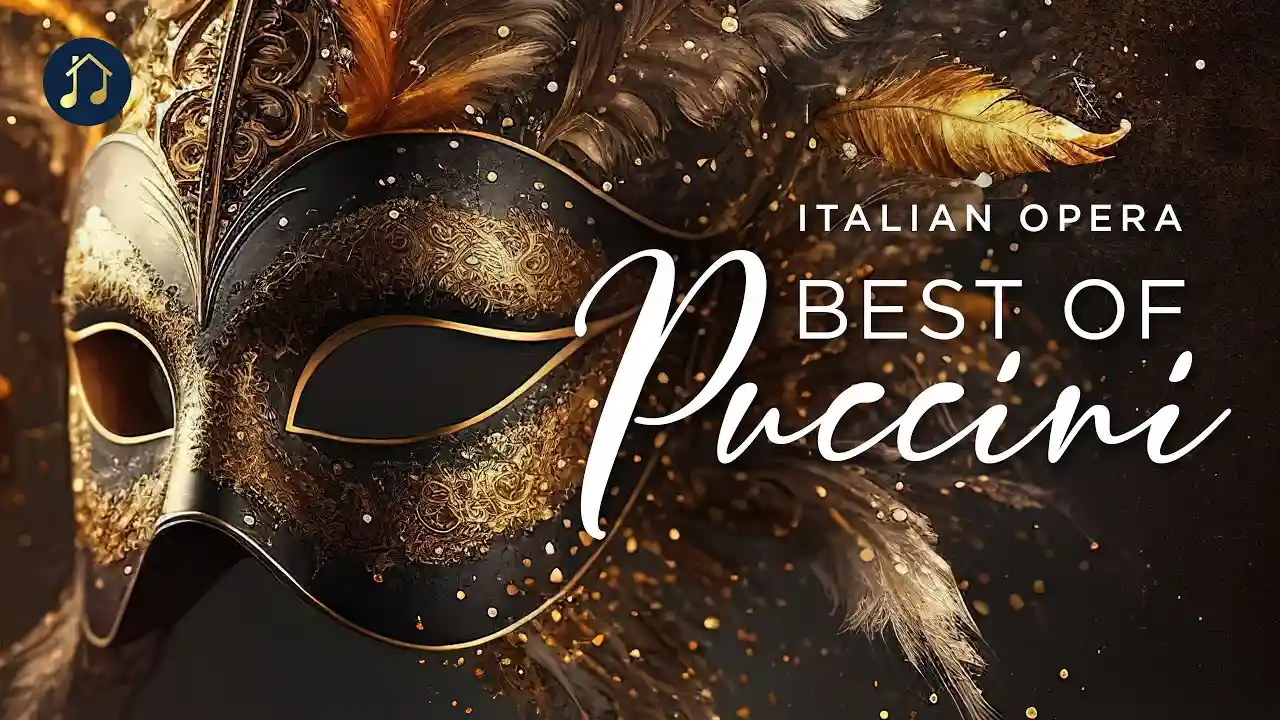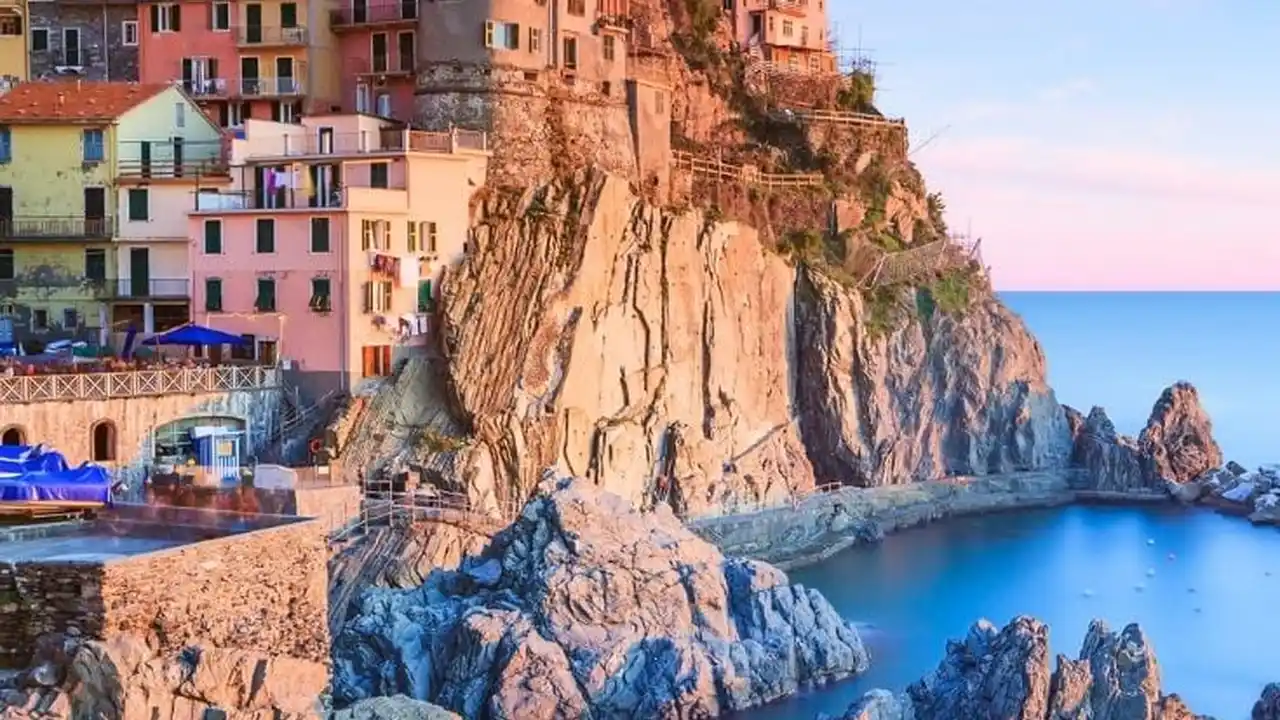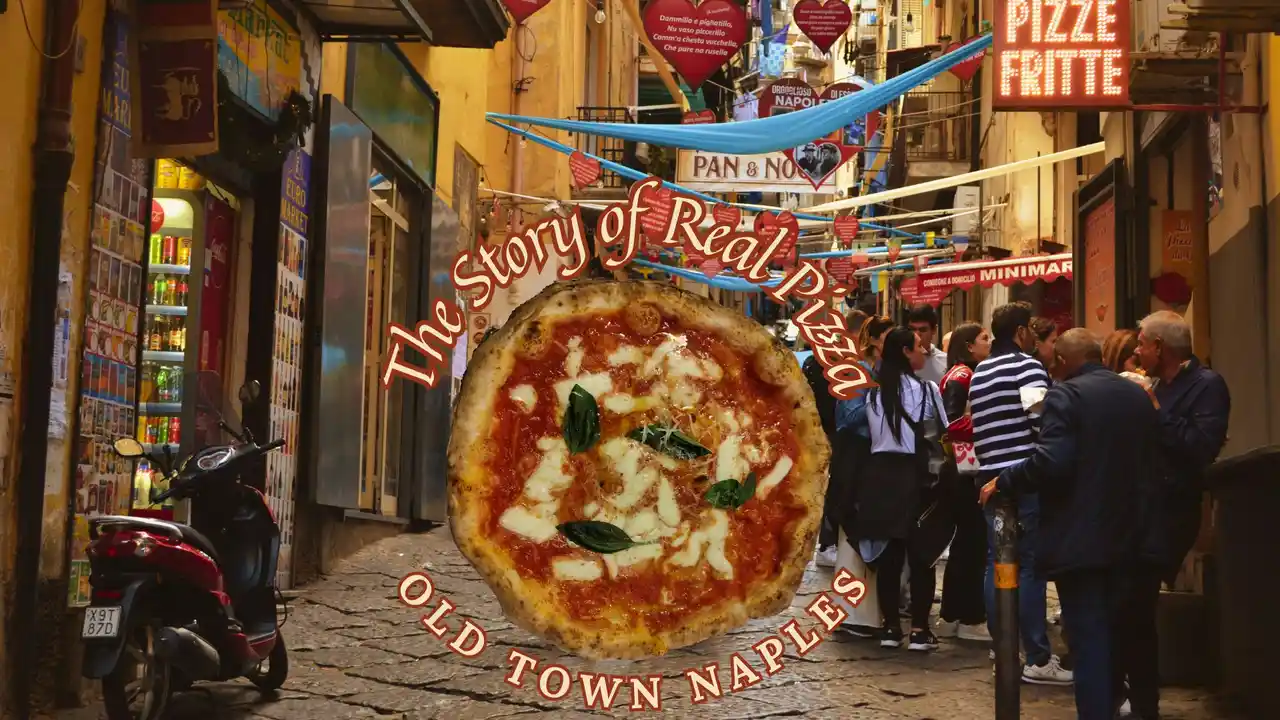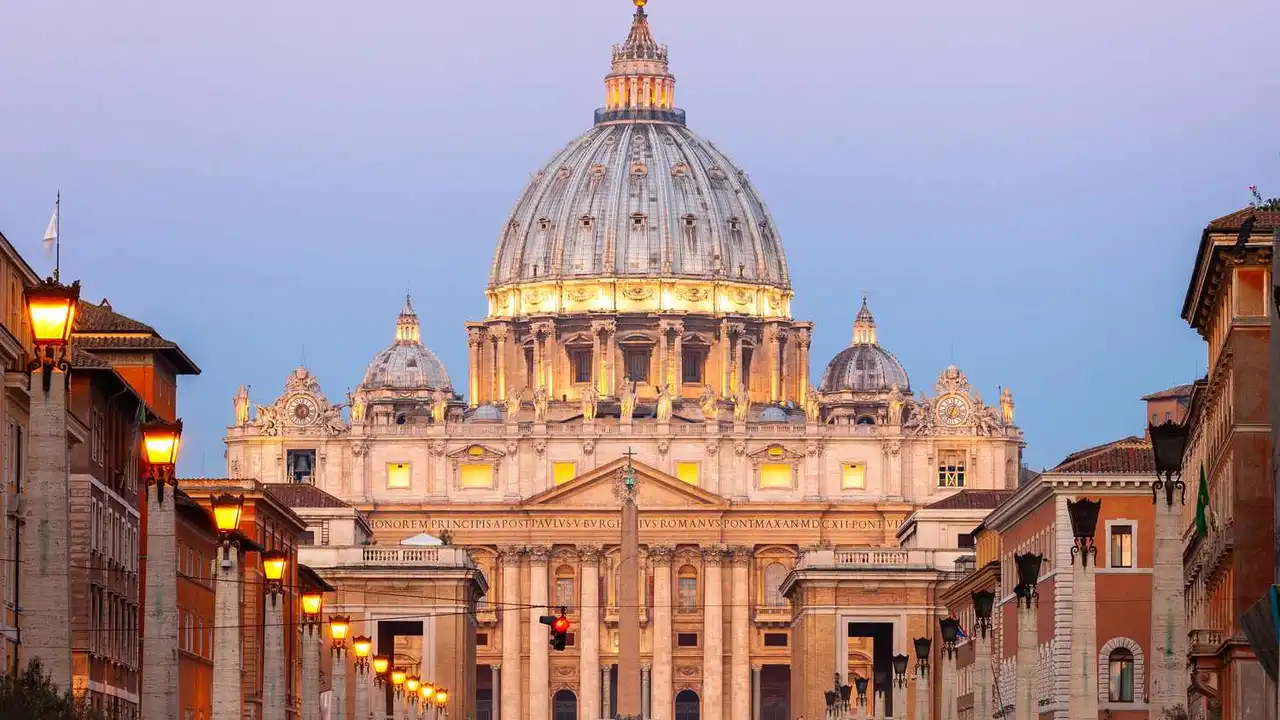Italian Music: From Opera to Modern Pop
Discover the diverse world of Italian music. Learn about opera, classical music, and modern pop. Experience the rich musical heritage of Italy.

A Journey Through Italian Musical History Discovering Opera
Opera, arguably Italy's most significant contribution to the world of music, is a dramatic art form that combines singing, acting, orchestral music, and sometimes even ballet. Born in Florence around the late 16th century, opera quickly spread across Italy and Europe, becoming a symbol of Italian cultural identity. Think of opera, and you probably picture grand theaters, elaborate costumes, and soaring vocals. But opera isn't just about spectacle; it's about telling stories, expressing emotions, and connecting with audiences on a deeply human level.
The roots of opera can be traced back to the Florentine Camerata, a group of intellectuals and artists who sought to revive the dramatic style of ancient Greek theatre. They believed that music should serve the text, enhancing the emotional impact of the story. This led to the development of recitative, a type of singing that closely resembles speech, and aria, a more melodic and expressive form.
Early opera composers like Claudio Monteverdi pushed the boundaries of musical expression, creating works that were both dramatically powerful and musically innovative. Monteverdi's "L'Orfeo," often considered the first true opera, showcases his mastery of orchestration, vocal writing, and dramatic pacing. His later operas, such as "L'incoronazione di Poppea," explored complex human relationships and political intrigues, cementing opera's place as a serious art form.
Over the centuries, opera evolved, with different styles and schools emerging in various Italian cities. In Naples, opera buffa, a comic opera style, gained popularity, featuring relatable characters, witty dialogue, and catchy tunes. Composers like Giovanni Battista Pergolesi and Domenico Cimarosa excelled in this genre, creating works that were both entertaining and insightful.
The 19th century witnessed the rise of Italian Romantic opera, with composers like Gioachino Rossini, Gaetano Donizetti, Vincenzo Bellini, and Giuseppe Verdi becoming household names. Rossini's operas, such as "The Barber of Seville" and "William Tell," are known for their dazzling vocal displays and infectious energy. Donizetti's "Lucia di Lammermoor" and Bellini's "Norma" explored themes of love, betrayal, and sacrifice, featuring some of the most beautiful and demanding arias in the operatic repertoire. And then there's Verdi, whose operas like "Rigoletto," "La Traviata," and "Aida" are cornerstones of the operatic canon, celebrated for their dramatic intensity, memorable melodies, and profound emotional depth.
If you're new to opera, start with some of the classics. Verdi's "La Traviata" is a great introduction, with its tragic love story and unforgettable music. Puccini's "Tosca" is another popular choice, known for its dramatic plot and soaring arias. And for something a bit lighter, Rossini's "The Barber of Seville" is a guaranteed crowd-pleaser.
Exploring Classical Music in Italy History and Composers
While opera takes center stage, Italy's contribution to classical music extends far beyond the operatic stage. From the Baroque era to the present day, Italian composers have created a wealth of instrumental and vocal works that continue to inspire and delight audiences worldwide.
The Baroque era (roughly 1600-1750) saw the rise of the concerto, a musical form that features a solo instrument or group of instruments in dialogue with an orchestra. Italian composers like Antonio Vivaldi, known as "The Red Priest," were masters of the concerto, writing hundreds of works for various instruments. Vivaldi's "The Four Seasons," a set of four violin concertos depicting the different seasons of the year, is one of the most popular and recognizable pieces of classical music ever written.
Other notable Italian Baroque composers include Domenico Scarlatti, known for his virtuosic keyboard sonatas, and Arcangelo Corelli, who established the foundations of modern violin technique. These composers helped to shape the development of instrumental music, paving the way for future generations.
The Classical era (roughly 1750-1820) saw a shift towards greater clarity, balance, and elegance in music. While Italian composers were not as dominant during this period as they had been in the Baroque era, they still made significant contributions. Luigi Boccherini, known for his graceful and melodic chamber music, and Muzio Clementi, a virtuoso pianist and composer, were among the leading Italian composers of the Classical era.
The Romantic era (roughly 1820-1900) saw a renewed interest in emotion, drama, and individualism in music. While opera remained the dominant genre in Italy during this period, Italian composers also produced a significant body of orchestral and chamber music. Niccolò Paganini, a virtuoso violinist and composer, captivated audiences with his dazzling technique and flamboyant personality. His 24 Caprices for solo violin are among the most challenging and rewarding works in the violin repertoire.
Moving into the 20th and 21st centuries, Italian composers have continued to explore new musical territories, experimenting with different styles and techniques. Luciano Berio, known for his avant-garde compositions and his innovative use of electronics, and Luigi Nono, a politically engaged composer who explored themes of social justice and human rights, are among the leading figures of contemporary Italian music.
To dive deeper into Italian classical music, start with Vivaldi's "The Four Seasons." It’s accessible and instantly recognizable. Then explore Boccherini's string quartets for a taste of elegance and grace. And for a modern twist, check out Berio's "Sinfonia," a complex and fascinating work that incorporates elements of collage and quotation.
Modern Italian Pop Music Artists and Trends
Beyond the realms of opera and classical music, Italy has a vibrant and diverse pop music scene. From the catchy melodies of the 1960s to the contemporary sounds of today, Italian pop music has evolved and adapted, reflecting the changing tastes and trends of each generation.
The 1960s saw the rise of the "cantautori," singer-songwriters who wrote and performed their own songs, often addressing social and political issues. Artists like Fabrizio De André, known for his poetic lyrics and his commitment to social justice, and Lucio Battisti, a pop icon who blended Italian melodies with international influences, were among the leading figures of this movement.
The 1970s and 1980s saw the emergence of disco and synth-pop in Italy, with artists like Giorgio Moroder, a pioneer of electronic music, achieving international success. Moroder's collaborations with Donna Summer produced some of the most iconic disco hits of all time. Meanwhile, Italian artists like Umberto Tozzi and Eros Ramazzotti gained popularity with their romantic ballads and catchy pop tunes.
In recent years, Italian pop music has continued to evolve, with artists experimenting with different genres and styles. Måneskin, a rock band that won the Eurovision Song Contest in 2021, has brought Italian rock music to a global audience. Artists like Mahmood, known for his innovative blend of Italian and Arabic influences, and Elodie, a pop singer with a powerful voice and a strong stage presence, are among the leading figures of contemporary Italian pop music.
If you want to get a feel for modern Italian pop, check out Måneskin's "Zitti e buoni" for a taste of Italian rock. Then listen to Mahmood's "Soldi" for a unique blend of cultures. And for something more mainstream, check out Elodie's latest hits. You'll find that Italian pop music is just as diverse and exciting as its opera and classical traditions.
Essential Equipment for Italian Musicians and Music Lovers
Whether you're a seasoned musician or a budding enthusiast, having the right gear can make all the difference in your musical journey. Here are some essential pieces of equipment for Italian musicians and music lovers, along with recommendations and price ranges:
For the Opera Singer
- Microphone: A high-quality condenser microphone is essential for capturing the nuances of your voice. The Neumann U87 Ai is a classic choice, known for its warm and detailed sound. Price Range: $3,200 - $3,600
- Headphones: Closed-back headphones are ideal for monitoring your voice while recording or practicing. The Beyerdynamic DT 770 Pro headphones offer excellent sound isolation and comfort. Price Range: $150 - $200
- Vocal Processor: A vocal processor can help you fine-tune your voice and add effects like reverb and delay. The TC Helicon VoiceLive 3 Extreme is a powerful and versatile vocal processor. Price Range: $700 - $900
For the Classical Musician
- Instrument: Whether you play the violin, piano, or any other classical instrument, having a high-quality instrument is crucial. A hand-crafted violin from Cremona, Italy, is a dream for many violinists. Price Range: Varies widely, from $5,000 to $100,000+
- Amplifier (for Electric Instruments): Fender Tone Master Deluxe Reverb. Perfect for adding a little something extra to your sound, especially if you're playing at a venue. Price Range: $1,000 - $1,200
- Sheet Music: A vast collection of sheet music is essential for any classical musician. The IMSLP (International Music Score Library Project) offers a wealth of free sheet music online.
For the Pop Musician
- Synthesizer: A synthesizer is a versatile tool for creating a wide range of sounds. The Korg Minilogue XD is a popular choice for its analog sound and user-friendly interface. Price Range: $600 - $700
- Audio Interface: An audio interface allows you to connect your instruments and microphones to your computer for recording and mixing. The Focusrite Scarlett 2i2 is a popular and affordable option. Price Range: $150 - $200
- DAW (Digital Audio Workstation): A DAW is a software program that allows you to record, edit, and mix music. Ableton Live and Logic Pro X are two popular DAWs. Price Range: $200 - $500
For All Music Lovers
- High-Quality Headphones: For truly experiencing the music, consider a good pair of headphones. The Sony WH-1000XM5 noise-canceling headphones are top-rated for sound quality and comfort. Price Range: $350 - $400
- Streaming Service Subscription: Platforms like Spotify, Apple Music, and Deezer offer vast libraries of Italian music, from classic opera to the latest pop hits. Price Range: $10 - $15 per month
Comparing Italian Musical Styles Opera Vs Pop
Opera and pop, while both rooted in musical expression, cater to distinct audiences and offer drastically different experiences. Opera, with its elaborate staging, classical instrumentation, and emotionally charged narratives, is a grand, theatrical art form. It demands a level of attention and appreciation for its complex musical structures and vocal techniques.
Pop music, on the other hand, is designed for immediate gratification. Its catchy melodies, simple harmonies, and relatable lyrics make it accessible to a wide audience. Pop concerts are often high-energy events, with elaborate light shows, dance routines, and audience participation.
The choice between opera and pop is ultimately a matter of personal preference. Opera lovers appreciate the artistry, history, and emotional depth of the genre, while pop fans enjoy the energy, excitement, and accessibility of pop music.
:max_bytes(150000):strip_icc()/277019-baked-pork-chops-with-cream-of-mushroom-soup-DDMFS-beauty-4x3-BG-7505-5762b731cf30447d9cbbbbbf387beafa.jpg)





